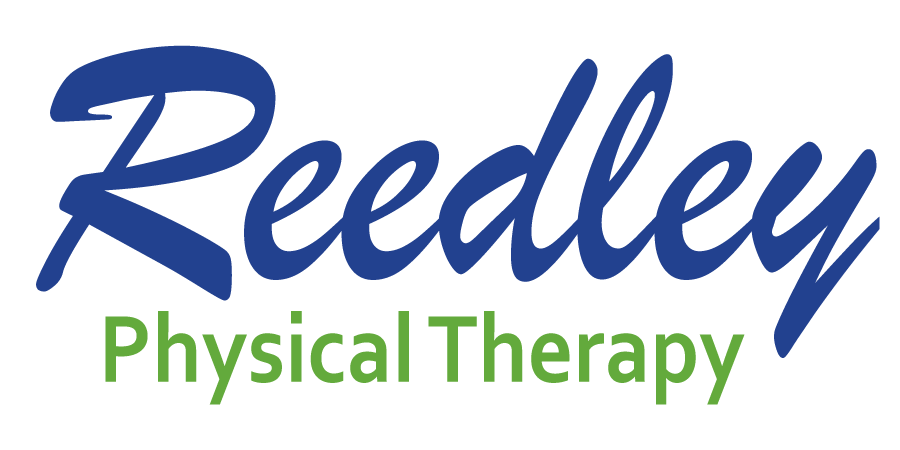Got Back Pain?
Most likely, especially if you are reading this article, you have experienced back pain at some point in your life. Fact is, 80 percent of us will experience back pain. Did you know back pain costs the US nearly $90 billion per year?
This weekend I came across an article on back pain that I highly suggest everyone read. The article is, A Comprehensive Guide to the New Science of Treating Low Back Pain, written by Julia Belluz. The article was originally published in August 2017 and recently updated in July. The reporter does an excellent job of discussing how mainstream medicine has failed people with back pain and identifies which types of treatments and therapies have shown to be the most effective for managing low back pain.
Medicine has yet to conquer the treatment of low back pain. “The more we learn, the less we know” seems to describe the state of our understanding of low back pain. There are many different philosophies of treatment, and as we have discovered, back pain is as individual as the person who is experiencing it.
One clear message has evolved from all the research:
“Moving is probably the most important thing you can do for back pain.”
The article discusses finding a back specialist who has extensive understanding of the back and will create a specific exercise program tailored to you. The first step in this process is a thorough examination. Back “whisperers” will spend three hours gathering information and assessing a new patient. While that amount of time may not be realistic in a typical clinic, the clinician should spend at least 30-60 minutes learning about your history and examining you in order to develop a treatment plan specific to you and your goals.
Many articles, including this one, offer recommended exercises as a “one size fits all approach.” This particular article offers the “McGill Big Three.” My clinical experience has been “one size fits most.” Most people who are disciplined and perform the exercises will improve. However, many will not perform them correctly, or with the necessary intensity. Some will need to start with different exercises and progress to the recommended exercises. And still others will need assistance desensitizing their symptoms. The progression of exercises should include progression to weight bearing and even loaded exercises such as carrying items. These functional type exercises help to progress the patient back to normal life.
In summary, the treatment of back pain remains complex and there is no “one size fits all.” Finding your own “back whisperer” can be challenging and effective when you have been provided with a comprehensive movement and exercise program.


